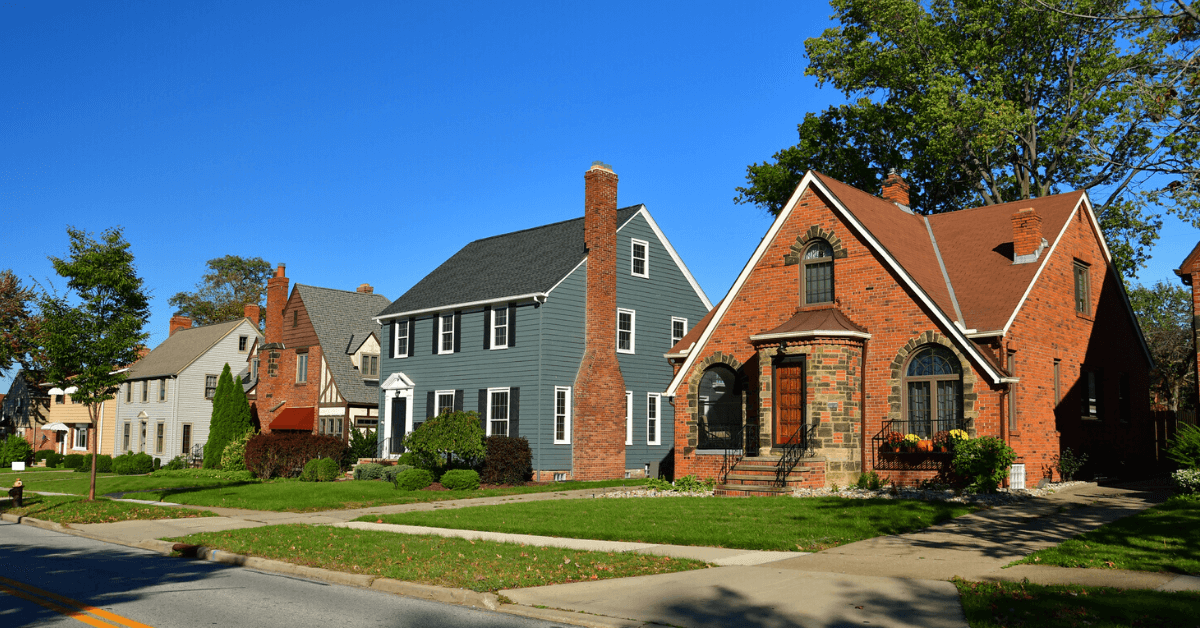
More than the ‘Old College Try’ – Columbus Housing Market to Flourish
While some housing markets in the United States struggle with affordability or even availability, there are others that are flourishing and should continue to do so through at least 2024, if not longer.
Take the Columbus market for example. That’s right, people are flocking to this market now as it’s no longer just considered a college town filled with Ohio State students.
It, along with several other markets that are doing well, should all outperform initial projections for that market over the next three to five years, according to a study released in December by the National Association of REALTORS® (NAR).
“Some markets are clearly positioned for exceptional longer-term performance due to their relative housing affordability combined with solid local economic expansion,” said NAR’s Chief Economist Lawrence Yun. “Drawing new residents from other states will also further stimulate housing demand in these markets, but this will create upward price pressures as well, especially if demand is not met by increasing supply.”
The 10 most notable markets expected to outperform projections also included Charleston, S.C., Charlotte, Colorado Springs, Colo., Dallas-Fort Worth in Texas, Fort Collins, Colo., Las Vegas. Ogden, Utah, Raleigh-Durham-Chapel Hill in North Carolina and Tampa-St. Petersburg in Florida.
There were a number of factors that made these markets project to be the hottest as far as real estate over the next half-decade, including job growth compared to the national average, housing affordability, the structure of the age population, their attractiveness to retirees, how likely they are to attract new residents from out of the area and also the appreciation of home prices over time.
“Potential buyers in these markets will find conditions especially favorable to purchase a home going into the next decade,” said NAR President Vince Malta, a broker at Malta & Co., Inc., in San Francisco. “The dream of owning a home appears even more attainable for those who move to or are currently living in these markets.”
About 16 percent of the total population in the Columbus market (approximately 324,000 people) moved into the area recently, and 74 percent of those are renters.
However, more than half (53 percent) of those recently moved renters can afford to buy a home at the median price of $213,400 assuming a 20 percent down payment. The median income of individuals who have recently moved to Columbus is $49,700, which would also indicate those looking for workforce housing (middle-income earners) are finding what they need in this market.
The median age of these folks moving to the area is 28 years old, which is on the younger side and indicates a lot of college grads in the area are looking to stay put as 54 percent of them are single individuals, meaning they might be looking for an opportunity to jump start their careers in Columbus.
Meanwhile, the other 46 percent are either married couples or families, looking to set down roots or take advantage of good schools in the area as the average length of time for people to own a home in Columbus is 12 years.
While a majority of recent movers have come from other parts of Ohio or the Cincinnati tri-state area which includes parts of Kentucky and Indiana, a significant number of people are moving from the New York, Chicago and Washington D.C. metro markets to Columbus as it offers that big city feel but at a much more affordable cost.
Columbus is also more attractive than Pittsburgh or Cleveland to many Western Pennsylvania residents looking for housing, as they are making their way to central Ohio rather than staying closer to home.
Time to Focus on Affordable Housing
Taxes on real estate are not the answer. Sign the petition calling on Congress to address our country’s housing shortage.





